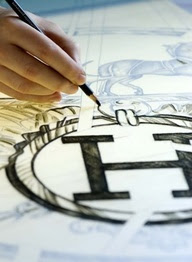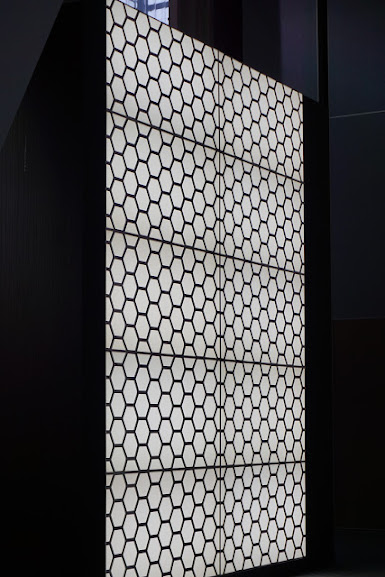Chinoiserie- The Study and Love/Passion for All Things Chinese in the Home
the Art of Chinoiserie, Living Like the Chinese
Welcome to Our Newest Column, Living Like Where we showcase and investigate various styles of living throughout the globe. Please read our first two posts,Check out our Living Like the Chinese board!
What's that saying again?
"Imitation is the highest form of flattery"
Well, if so, Chinoiserie is one big compliment to the Far East.
beautiful classic yet modern Chinese Style,
a Beijing Mansion by Chinese design firm Baptiste Bohu Interiors
It appears every culture has an affinity for Chinese items in the home- the English, the French, The Spaniards, and the Americans (to name a few) have mingled Chinese porcelain, antiques, garden ware, architecture and more into their homes. Chinoiserie literally means in the "Chinese Style" and although I think of it as wares for the home, Chinoiserie can also refer to literature, theater and music. International travel back in the day first allowed us to visit far away lands then bring this inspiration home to share with our community and so began the affinity for all things Chinese.
Chinoiserie has become part of American high-style decorating and design and it is often seen in the fine homes around the country from the White House to the mansions of Newport. Today, it's woven into the fabric of our home design so intricately it's almost difficult to see it clearly. If you flip through the pages of any design/shelter magazine, you will find loads of Chinoiserie in homes across the world and adorned on wallpaper, fabric, furniture, porcelain, pottery, table ware, bedding and more.
THE HISTORY:
The study of "Orientalism" which looked to Far Eastern religions and lifestyles first became a thing in the 17th century, then with the popularity of trade with China and Asia in the 18th century it reached a feverish pitch. Chinoiserie works particularly well with Rococo style in that the focus is squarely on the ornamental and theatrical style of decor utilizing asymmetry, excessive decoration and a more is more aesthetic (which is very popular now in design). Often time shown in a blue and white color motifs. Some of the items are fantastical and created by Europeans and their ideas of the Chinese lifestyle more than the reality but regardless, it's all a fascination with the Far East. In 18th century it became very fashionable for Chinoiserie furniture, and this mostly due to the rise of famous English cabinetmaker Thomas Chippendale who published a book in 1754 " The Gentleman and Cabinet Maker's Director". (SIDE NOTE-- My decorative arts professor at Parsons School of Design (Elizabeth Boudreau) told us on our very first day of class that all we needed to know about furniture could be encapsulated by studying Thomas Chippendale). Chippendale furniture has many Chinese accoutrements carved into the wood.
a Chinese Cabinet by Thomas Chippendale
Today, Chinoiserie style no longer only fits with a Rococo and Maximilism design style and it is often paired with an edited, modern appeal to give it even more attention against the clean lines. The wonderful attention to birds, flowers and nature in Chinoiserie lends itself well to interior design in almost any style and setting.













